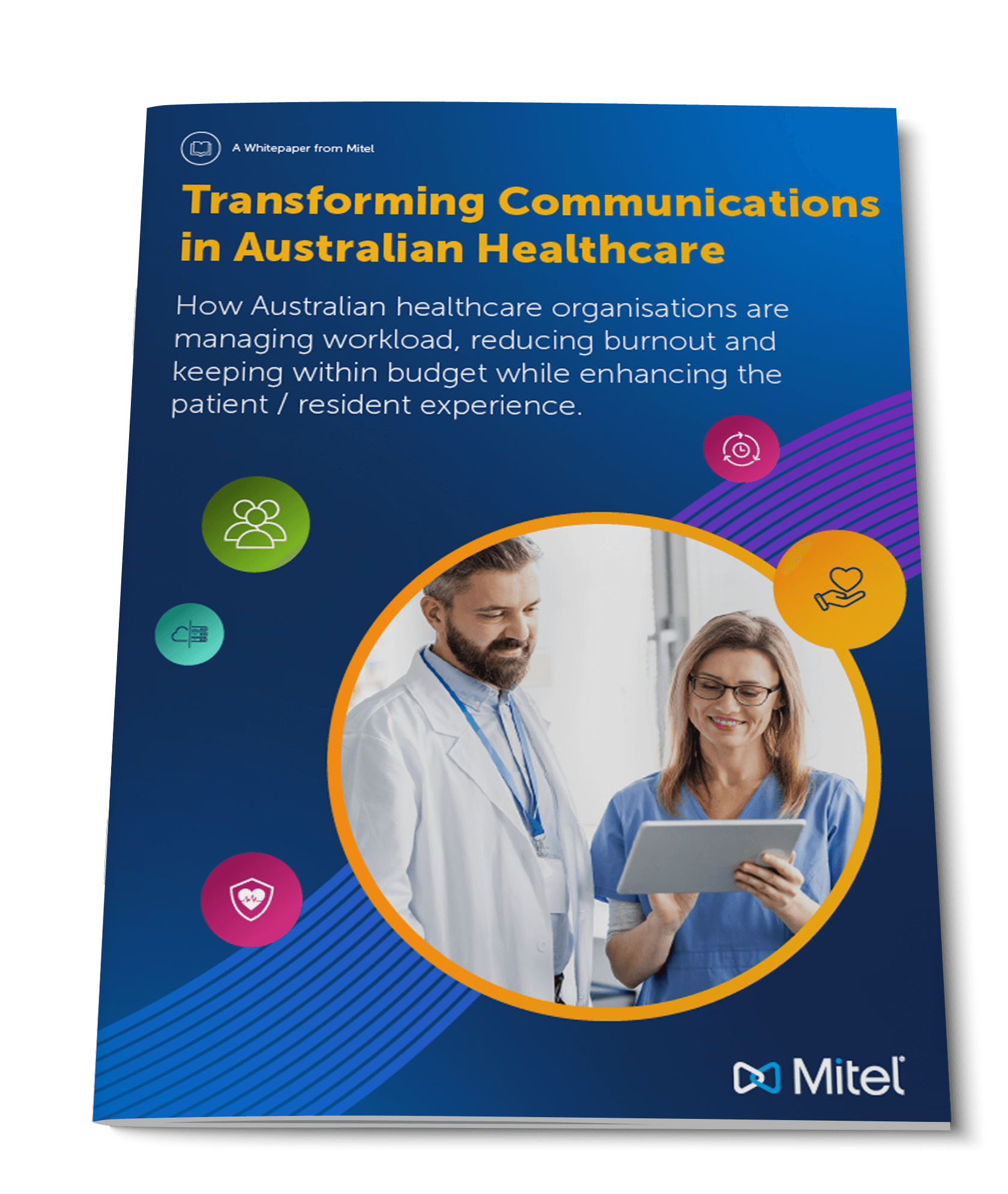Your nursing staff are drowning in administrative tasks while patient acuity increases, and staffing remains critically short. Every shift, you watch experienced nurses spend precious time navigating between disconnected systems, fielding family phone calls during medication rounds, and documenting the same information across multiple platforms. Meanwhile, your turnover rates climb, and recruitment costs spiral beyond sustainable levels.
The solution isn’t necessarily hiring more staff or increasing compensation packages. Healthcare organisations are discovering that strategic communication technology integration can dramatically reduce nursing administrative burden while improving job satisfaction and patient outcomes simultaneously.
The transformation doesn’t require expensive new hiring programs or costly system replacements. Instead, it focuses on connecting existing technology infrastructure in ways that eliminate workflow inefficiencies and return valuable time to direct patient care activities.
The Breaking Point: When Good Nurses Leave
Your hospital likely mirrors the challenges facing healthcare facilities across Australia. Nursing staff are interrupted constantly throughout their shifts, family calls during personal care activities, communication gaps between departments, and technology systems that create more work rather than reducing administrative burden.
More critically, experienced nurses cite communication frustration and administrative overload as primary reasons for leaving. Exit interviews reveal that clinical staff feel they are becoming administrators rather than caregivers, with technology systems that hinder rather than support patient care delivery.
Your nursing shortage isn’t just about recruitment; it’s about retaining skilled staff by creating working conditions that allow them to focus on actual patient care rather than administrative coordination.
Integration Solutions That Actually Work
Rather than implementing new systems that require additional training and workflow disruption, effective nurse retention strategies focus on connecting existing EMR systems with modern communication platforms that enhance rather than replace established nursing processes.
Mitel’s healthcare integration capabilities demonstrate how communication technology can work seamlessly with existing clinical workflows. The platform connects with major EMR systems including Epic, Cerner, and other healthcare applications to create automated family notification systems that integrate directly with nursing documentation.
When nurses update patient care plans, families receive immediate updates through their preferred communication channels without requiring phone calls from clinical staff. Medication changes, procedure completions, and care milestones generate automatic family communications that keep relatives informed while protecting nursing workflow from constant interruptions.
Communication with physicians becomes streamlined through integration that connects nurse call systems with medical staff mobile devices. Instead of playing phone tag or hunting down doctors throughout the facility, nurses can reach appropriate physicians instantly through secure communication channels that provide patient context before conversations begin.
Care transitions between shifts, departments, and service lines are transformed through automated communication protocols that ensure critical information reaches relevant staff without manual coordination efforts. The technology handles routine communication workflows while preserving human interaction for complex clinical decision-making.

Measurable Results: Time Returned to Patient Care
Healthcare facilities implementing integrated communication solutions report significant time savings across multiple nursing activities.
The combined time savings allow nursing shifts to focus on patient monitoring, family education, and care coordination activities that directly improve clinical outcomes rather than administrative coordination tasks.
The Retention Impact: Why Nurses Stay
Nursing turnover is a complex issue influenced by multiple factors including workload, compensation, work environment, and career opportunities. While communication technology integration alone cannot solve nursing shortage challenges, it can address specific workflow inefficiencies that contribute to daily job stress.
When technology systems work seamlessly together, nurses spend less time on manual coordination tasks and more time on direct patient care. This alignment between technology capabilities and clinical priorities can improve the daily work experience for nursing staff.
Implementation That Protects Clinical Workflows
Successful healthcare communication integration prioritises nursing workflow protection during technology implementation rather than forcing clinical staff to adapt to entirely new systems. The implementation strategy focuses on enhancing existing processes rather than replacing established clinical practices.
Mitel’s healthcare solutions integrate with existing EMR systems, nurse call platforms, and mobile communication devices that clinical staff already use. Training requirements remain minimal because the integrated systems work within existing nursing workflows rather than creating new procedures.
The technology supports clinical decision-making rather than attempting to replace nursing expertise. Automated systems handle routine communication tasks while preserving human oversight for complex patient care coordination that requires clinical judgment and professional experience.
Most importantly, the integration creates measurable improvements in both operational efficiency and job satisfaction without disrupting the clinical excellence that nursing staff demand from their work environment.
Building Sustainable Nurse Retention Strategies
Technology integration that reduces administrative burden while enhancing clinical capability represents a sustainable approach to retaining experienced nursing staff.
The key is selecting communication solutions that connect with rather than replace your existing clinical systems. Your investment in Epic, Cerner, or other EMR platforms becomes more valuable when enhanced by communication technology that amplifies rather than complicates nursing workflows.
Focus on solutions that give time back to clinical staff for patient care activities rather than adding new administrative requirements to already complex nursing responsibilities. The most sophisticated technology becomes valuable only when it demonstrably improves working conditions for frontline clinical staff.
Download our comprehensive whitepaper: “Transforming Communications in Australian Healthcare”.
Learn about:
- Workflow integration strategies that reduce nursing administrative burden while improving care quality
- Communication technology solutions that connect with existing EMR systems for seamless operation
- Australian healthcare implementation approaches showing measurable nursing efficiency improvements
- Integration frameworks designed to protect clinical workflows during technology enhancement
Contact Mitel’s healthcare specialists to discuss how integrated communication solutions can reduce nursing workload while improving retention and job satisfaction. Call +61 2 9023 9500.






